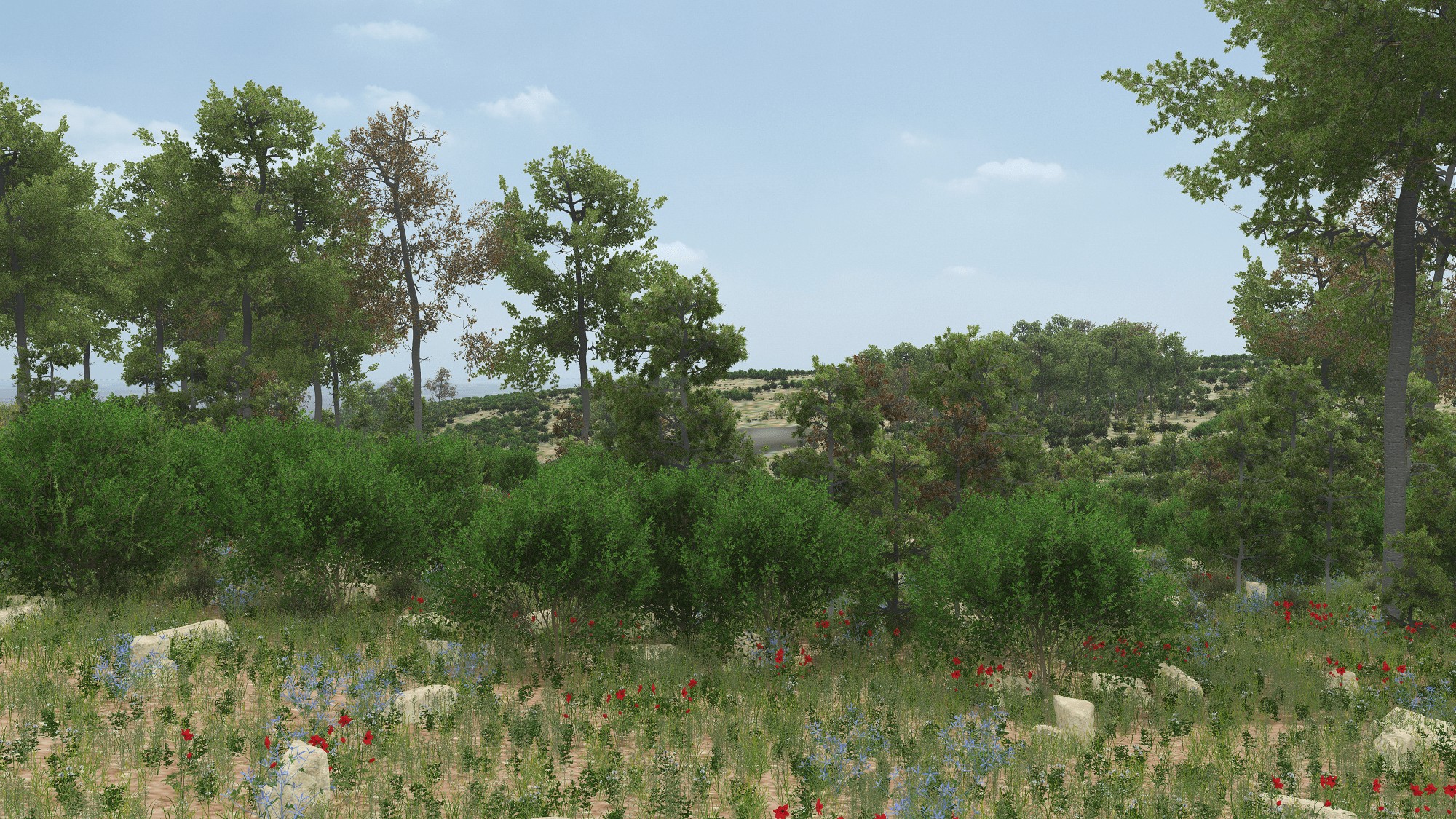Visual models as predictive, science-based tools for assessing future ecological landscapes: a study of viewpoints and management decisions compared to standard scientific tools
Liat Hadar, Yagil Osem, avi perevolotsky, Jochen Mulder, Agnes Kirchhoff, Daniel Orenstein, yohay Carmel
Socially driven landscape changes strongly influence the landscape’s aesthetic qualities and functionality, hence most decisions regarding landscape management include a “subjective” component, for which ecological data alone will not suffice. While landscape planners have access to biophysical data for decision making, they often do not have necessary information about social variables, such as aesthetic tastes and feeling or functions of a place. They further face difficulties visualizing future landscapes under alternative management choices and assessing their social and ecological implications.



